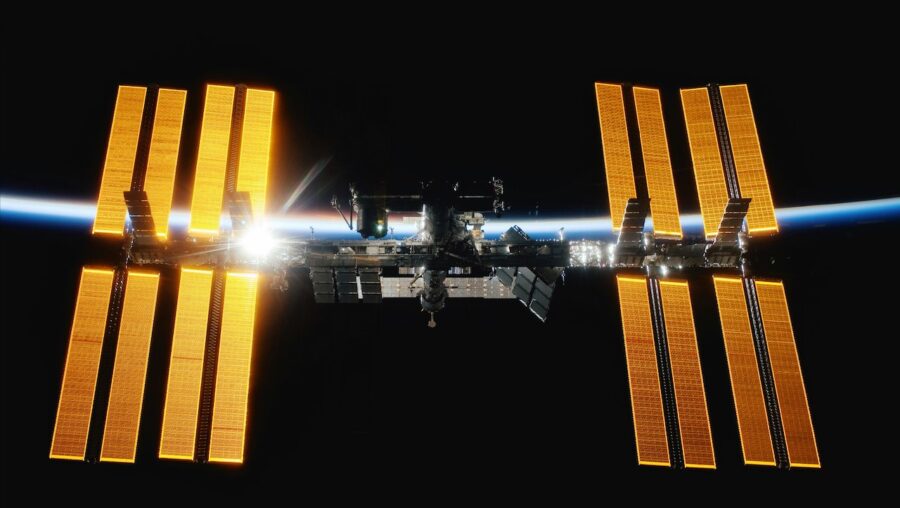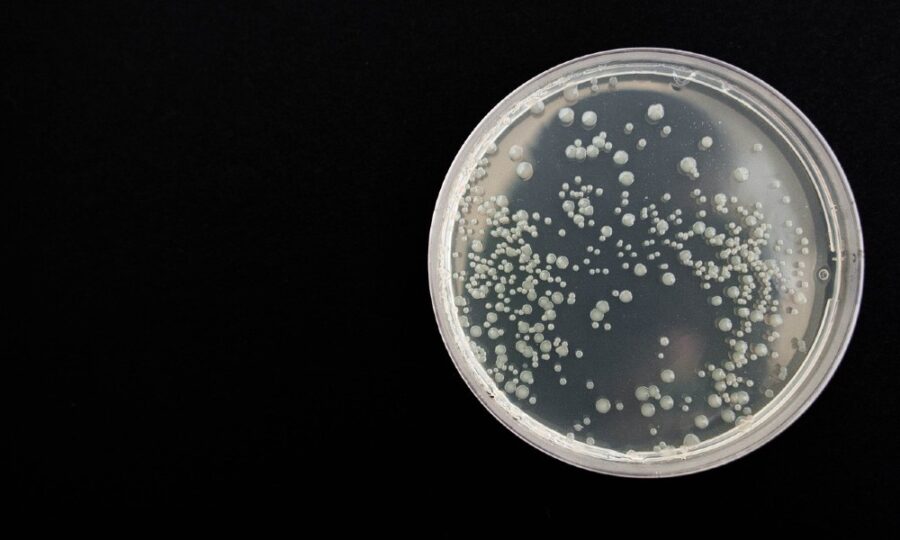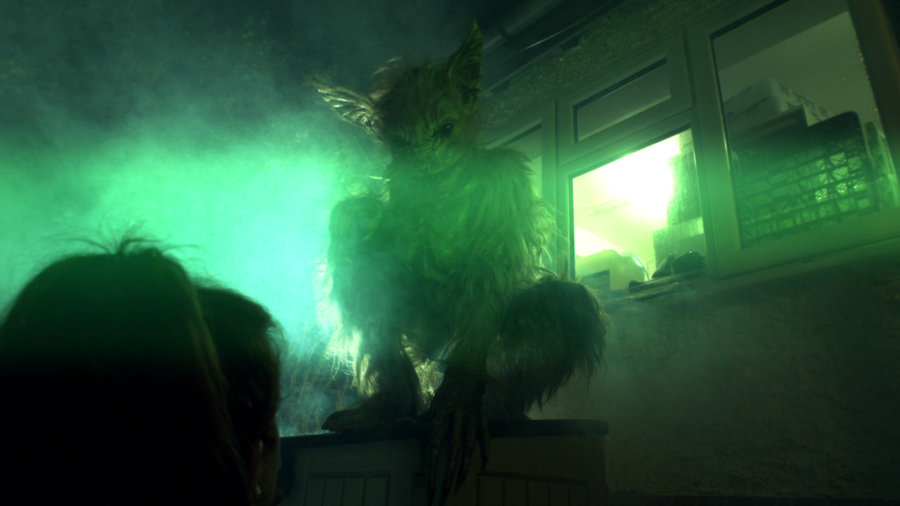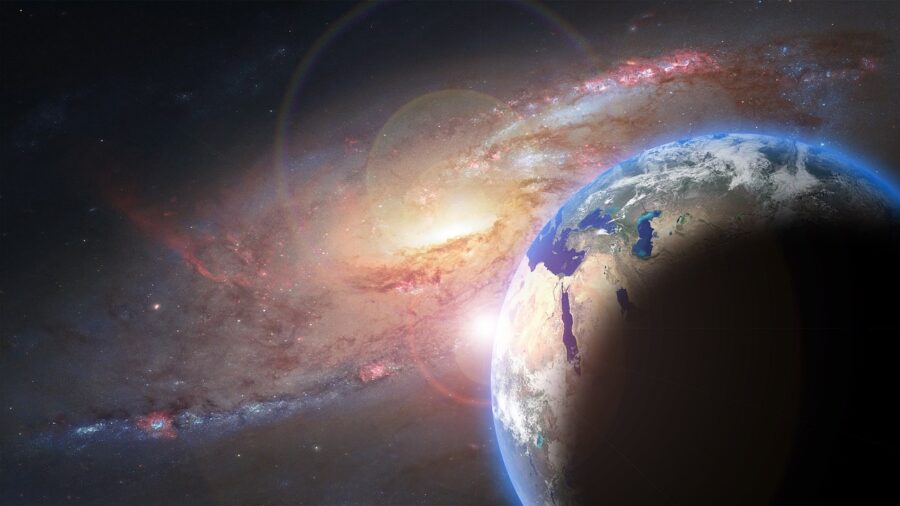Sci-Fi Horror Bug Discovered On International Space Station

It’s a startling find straight out of the dark depths of sci-fi horror: aboard the International Space Station (ISS), NASA discovered 13 strains of a super bug, a multidrug-resistant bacterium. It’s name? Enterobacter bugandensis.
Enterobacter Bugandensis

While that moniker might not roll off the tongue, the bug is no joke. Having mutated in the extraordinary (and extraordinarily isolated) environment of outer space, the microscopic oddity is thus genetically distinct enough from its terrestrial counterparts to develop resistance to drugs.
In other words, the mega bug’s existence and incredible resistance to earthly medicine pose a stark health risk to astronauts.
IIT Madras and NASA collaborated on the study, which detailed the prevalence, distribution, colonization patterns, and adaptations of the superbug E. bugandensis.
Straight Out Of A Sci-Fi Or Horror Flick

Lurking aboard the ISS like some antagonist in a John Carpenter flick (or the Hunter Seeker robo-wasp in Dune: Part One), the space microbe flourished in deeply embedded, and largely unadulterated, systems for uninterrupted growth. Iron acquisition, alongside interactions with other organisms, spurred the development of its particular resilience.
Scientists discovered that several remarkable genomic nuances and feats of antimicrobial residence lend the strains their super bug ability. On the whole, the adaptations the bug picked up outside our atmosphere diverge hugely from those found in terrestrial strains.
Intimidating Adaptations

On full display and of particular interest is the bacterium’s superb knack for withstanding the inhospitable realities of space. This resilience spawns from an intricate web of interactions between the mega bug and other microorganisms, as the ISS carries an abundance of other microbial stowaways.
Not only does the space bug diverge from the otherwise benign growth dynamics of microbes aboard the station, it also spells out prospective health risks—particularly to astronauts’ respiratory systems.
Some of the oldest known inhabitants of our planet, microorganisms (or microbes) like the super bug adapt constantly to survive the harshest conditions, including microgravity. In space, microbes like E. bugandensis have no choice but to undergo genomic changes–it’s either that or perish.
Once accomplishing these genomic transformations, the bugs emerge genetically unique, categorically separate from any distant counterparts on our pale blue dot.
Astronaut Immunity Is A Concern

In addition to the super bug, the ISS hosts a wide array of significant microbes, including bacterial and fungal phyla, affording survivability through their extreme flexibility. With microorganisms like the super bug on the ISS reinventing themselves, so to speak, to persevere, their developed, subsequent resistance to antibiotics is all but certain. Understandably, to mitigate these risks, NASA aims to continue ongoing studies and conduct new inquiries, especially one directed at E. bugandensis.
Of particular concern is that astronauts suffer from weakened immune systems while on the ISS; the discovered mega bug could especially assail astronauts in this state, potentially sickening them in a less than ideal environment. Obviously, the limited access to medical facilities in space adds to the difficulty.
Earthbound Health Risks?

The presence of the hardy bacterium poses a legitimate risk to the health and safety of those aboard the ISS, and it’s difficult not to imagine the danger, however fanciful, of a disease borne of the super bug making its way to Earth.
The research on the super bug was conducted by Dr. Kasthuri Venkateswaran of NASA’s Jet Propulsion Laboratory; a joint team from JPL and IIT Madras contributed efforts as well.
Source: NASA












